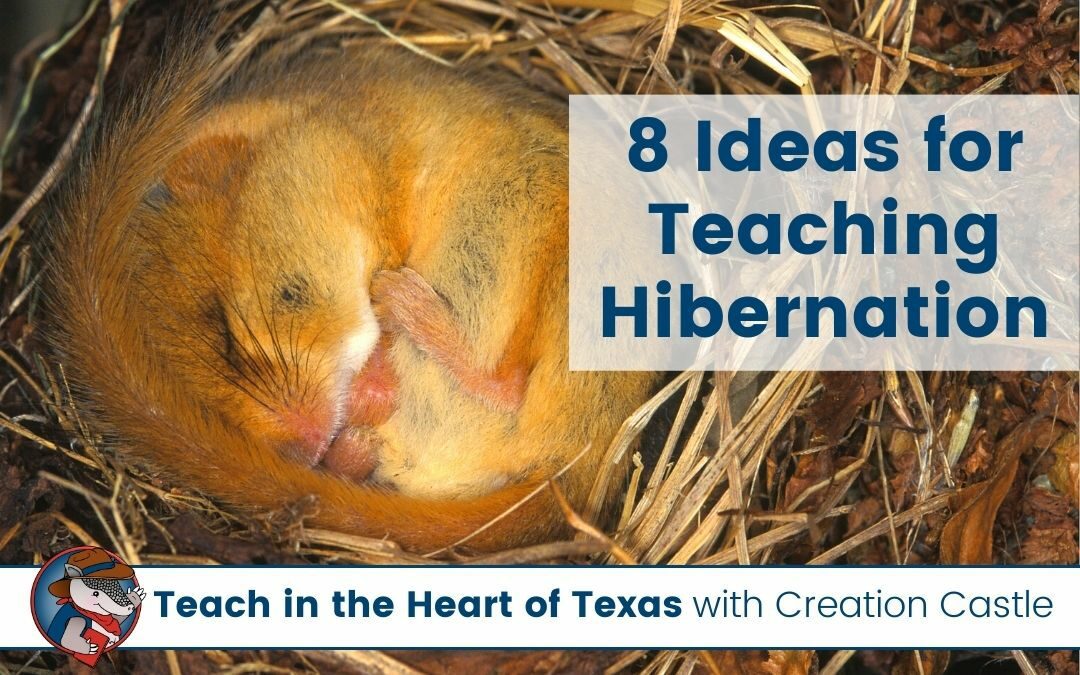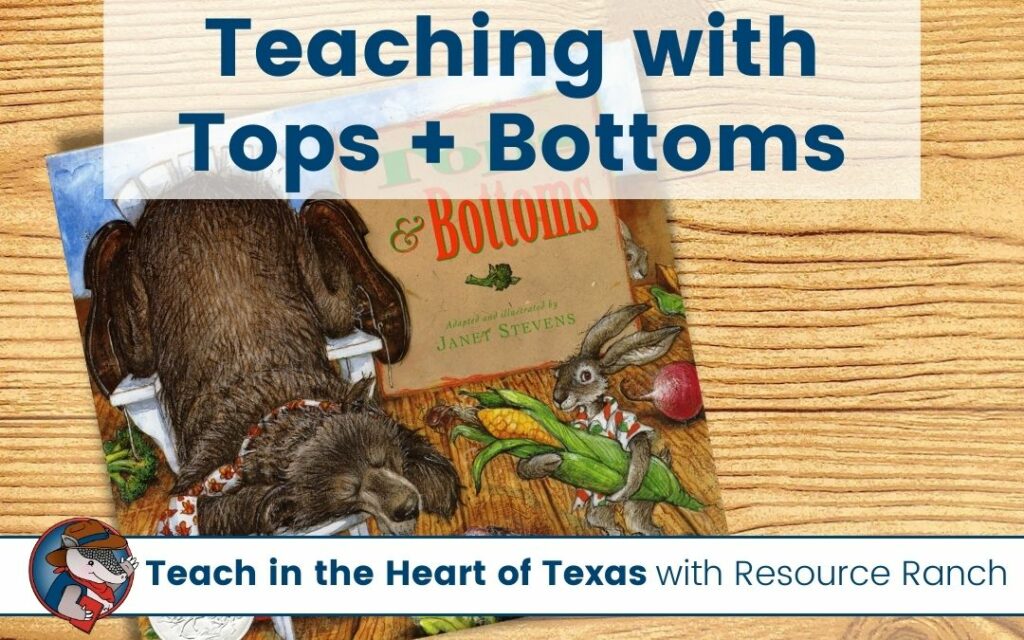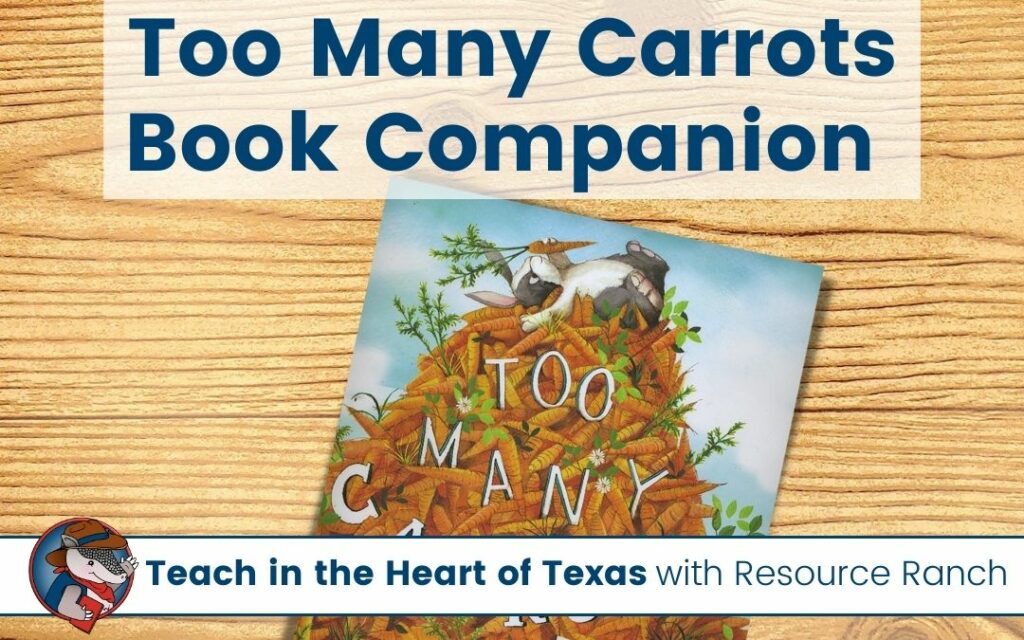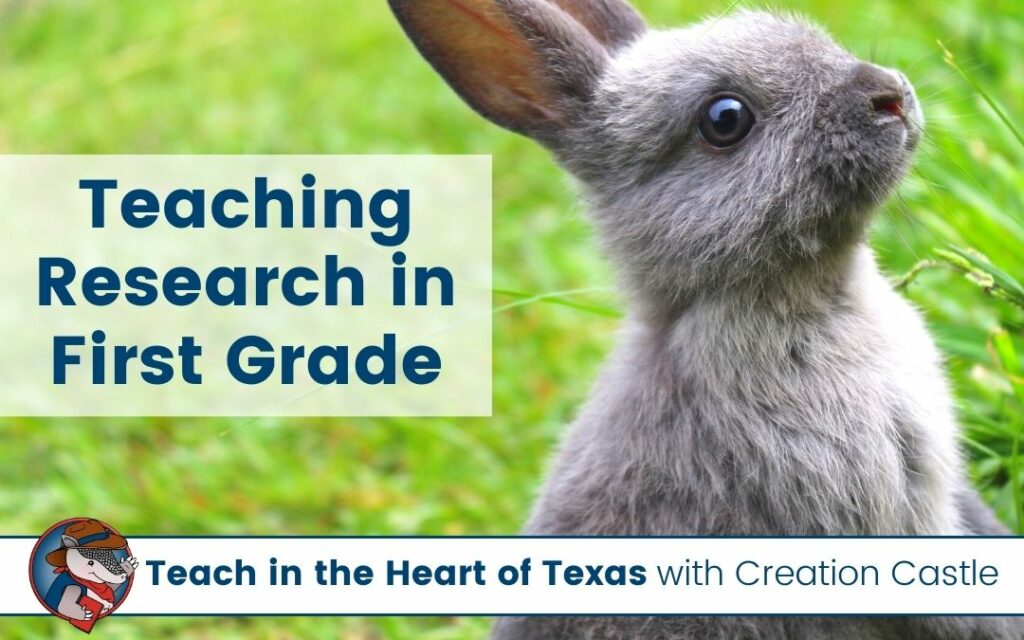When most people think of winter, they might think about snow, cold weather, and staying indoors (unless you live in a warmer place as I do here in Texas). But for some animals, winter is the time to sleep.
Quick Links
The Basics of Hibernation
Hibernation is different from sleeping. When animals hibernate, their body temperature drops, and their heartbeat and breathing slow down. They can sleep for days, weeks, or even months!
You’ll find that most hibernating animals are small mammals, like squirrels, chipmunks, and bats. Although, some reptiles, amphibians, fish, birds, and insects may also hibernate.
This article from Britannica gives you lots more information about hibernation.
Talking About Hibernation in the Classroom
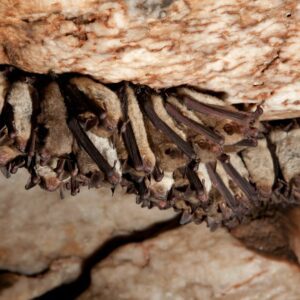
Here are some ideas for teaching your students about hibernation:
My go-to way to talk about science topics in younger grade levels is by using picture books to start conversations. “Bear Snores On” by Karma Wilson is a great book to introduce hibernation to your students! If you don’t have access to many books about hibernation, consider picking up some reading passages like these ones from Resource Ranch.
Show students pictures or videos of animals hibernating. There are always some options on YouTube if you’re looking for videos. A safer option would be to use a site like BrainPOP Jr. These videos are animated, but they are more age-appropriate and don’t have any ads attached.
- Once you start talking about hibernation with your students, consider making a chart together of animals that do and do not hibernate. Your students may be surprised to see particular animals on your lists and it will be a great reference for them as you continue to talk about the topic.
- After you’ve created your list, you can have students work on sorting animals into various categories such as if they hibernate, where they hibernate, etc.
- Conduct a science experiment about blubber! This is always a fun activity to do with students.
- Have a “hibernation party” where students bring in their favorite stuffed animals and pretend to hibernate.
- If stuffed animals in your classroom are not something you want to deal with, you could also consider having students write journal entries as their stuffed animals at home prepare to hibernate.
- There are lots of fun animal crafts you could make! Students could research a particular animal, write a report, and then create that animal to hang up with their writing.
Resources for Your Lessons
As you can tell from the list above, there are lots of ways you can approach teaching this in your classroom. If you’re short on time and would rather just pick up a resource to help you plan your lessons, Creation Castle and Resource Ranch both offer resources on this topic.
From Creation Castle, you can pick up a unit that covers animals in winter, animals that migrate, and animals with adaptations. There is a wide variety of activities included like fill-in-the-blank worksheets, a printable reader, a class book template, a blubber experiment, and even a craft with writing activity!
On the other hand, you can pick up an information-packed set of animal passages and writing activities from Resource Ranch. There are twelve nonfiction passages included for bats, bears, beavers, chipmunks, frogs, groundhogs, hedgehogs, raccoons, skunks, snakes, squirrels, and turtles. You’ll also find picture cards in your download!
With a little creativity (and the right resources), you can make learning about hibernation fun and interesting for your students! Let us know if you’ve ever conducted a fun experiment related to hibernation or done any other activities that your students loved when teaching this concept!

Creation Castle
Heather is the author of Creation Castle. She has experience with general education, special education, and ESL students in kindergarten through fifth grade. She specializes in early elementary math and literacy, as well as organization.

